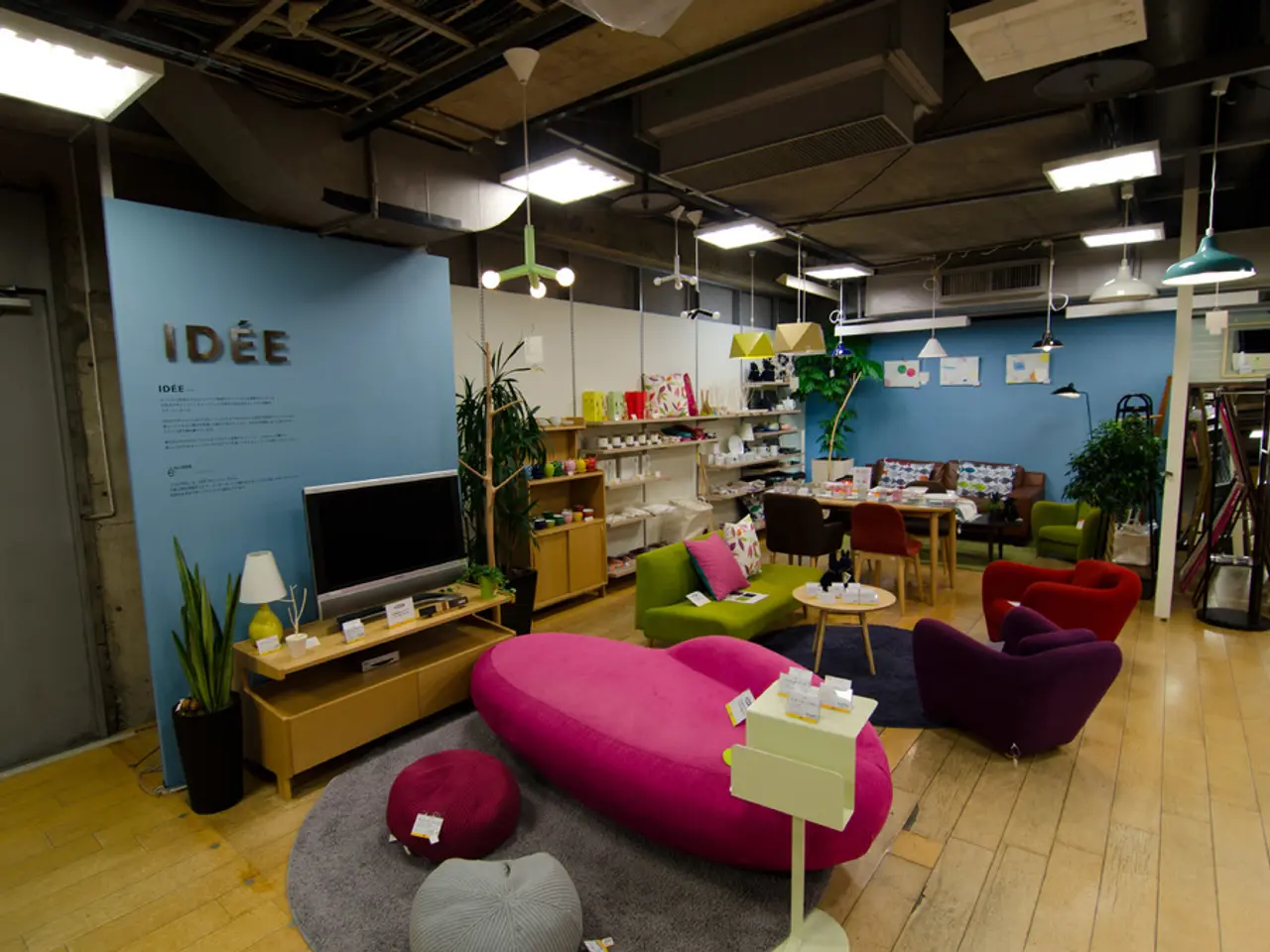Creating an Efficient In-Home English Study Area
Designing a dedicated study space at home can significantly enhance your focus and productivity when learning English. Here are some tips to help you create an ideal study environment tailored to your needs.
Location Matters
Choose a quiet corner with natural light and minimal noise to help maintain concentration. Avoid high-traffic or multimedia areas, as these can be sources of distraction.
Furniture that Supports Comfort and Productivity
Invest in a sturdy desk at a comfortable height and an ergonomic chair with back support that will help you maintain good posture during long study sessions. Ensure there is ample surface space for textbooks, writing materials, and a computer or tablet.
Embrace Technology
Utilize technology to facilitate research and digital learning. A computer or tablet with educational apps, online dictionaries, grammar tools, and literature resources can be beneficial. Consider using noise-cancelling headphones to block interruptions.
Organize Your Study Space for Efficiency
Keep your study space organized to reduce distractions and save time. Use desktop organizers, labeled binders, and shelves to categorize materials by topic or type (grammar, literature, vocabulary). This will help you quickly find what you need when you need it.
Stimulate Your Engagement
Decorate your study space with elements that inspire and motivate you. Consider incorporating classic wood paneling, leather-bound books, antique maps, or literary artwork to enhance the ambiance and create an environment that encourages immersion in English language and literature.
Establish a Routine and Clear Boundaries
Developing a routine and setting clear boundaries is essential for maintaining an effective study space. Allocate specific time slots for study, create a distinct boundary between study time and leisure, and communicate your study schedule to family to ensure that study time is respected and free from interruptions.
Leverage Apps and Programs for Language Learning
Utilize apps and programs dedicated to studying languages to enhance your vocabulary, grammar, and writing skills. These tools can help you practice and improve your English in a fun and interactive way.
Accommodate Solo and Group Study Sessions
Your study space should cater to both solitary and group study sessions. Having an extra chair or two and ensuring there's enough table space for laptops or books can accommodate group study sessions.
Declutter Your Study Space
Decluttering your study space helps reduce visual distractions and keeps your focus on your studies. Regularly schedule weekly organization sessions to prevent clutter and maintain an organized study space.
Minimize Distractions
Establish rules for device usage during study sessions to help minimize distractions. Setting up a printer within reach can also make it easier to print helpful resources and documents without leaving your study space.
Personal Touches
Add personal touches to your study space to make it feel more like your own. Emily, a literature enthusiast, decorates her study area with posters of her favorite literary quotes and small indoor plants. These small additions can help create a space that feels comfortable and inspiring.
By following these tips, you can design an effective home study space specifically for English studies that is comfortable, free from distractions, and organized, fostering a productive, engaging, and comfortable learning environment.
Revise your study space to include elements that cater to multiple learning styles, such as incorporating comfortable seating for group discussions and quiet corners for focused solo study.
Enhance your learning journey by integrating educational apps and online resources into your study routine to complement traditional methods like textbooks and language-learning programs.




